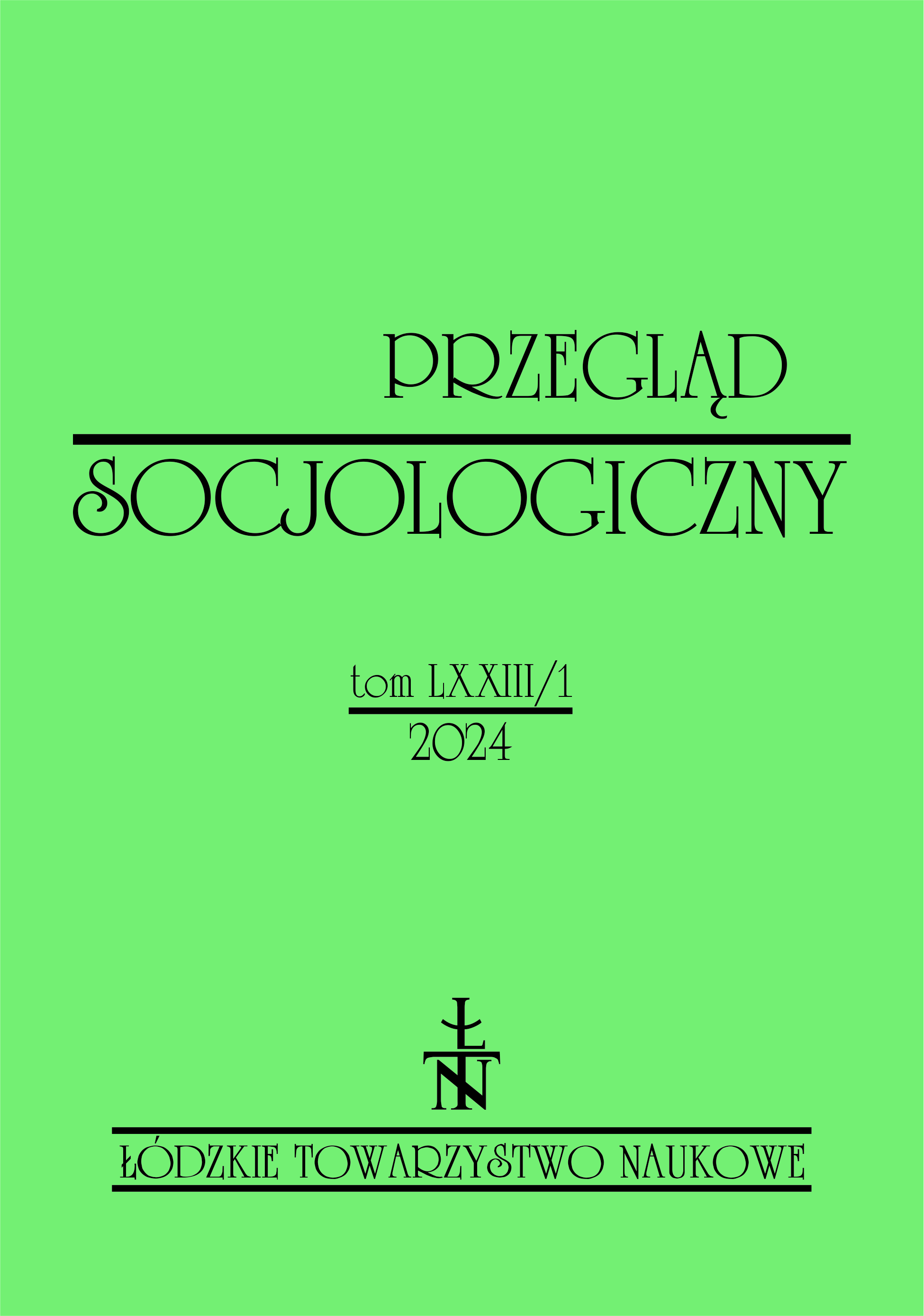OBRAZ DZIECIĘCYCH OFIAR HOLOKAUSTU. ROLA FOTOGRAFII W EKSPOZYCJACH MUZEALNYCH
THE ROLE OF PHOTOGRAPHY AS A MEDIUM UTILISED IN MUSEUM EXHIBITIONS TO PORTRAY THE YOUNGEST VICTIMS OF THE HOLOCAUST
Author(s): Marcin ZaborskiSubject(s): Museology & Heritage Studies, Photography, Fascism, Nazism and WW II, History of Antisemitism
Published by: Łódzkie Towarzystwo Naukowe
Keywords: photography; Holocaust; children; World War II; museum; memory;
Summary/Abstract: The author analyses the role of visual materials in museum spaces dedicated to the Second World War and traumatic experiences involving children. He asks about the photographs and their importance in the narrative lineage of sites documenting the history of the Holocaust and commemorating its victims. He is seeking answers to the following questions: How are photographs showing children used in museums dedicated to the Holocaust? What events do they refer to? and what are the consequences of their use in the Holocaust commemoration process? an analysis of the photographic collections on display in exhibitions at the following establishments is used in the search for answers to these questions: Yad Vashem – The World Holocaust Remembrance Center, The Vilna Gaon Jewish State Museum, The Riga Ghetto and Holocaust in Latvia Museum, and The Estonian Jewish Museum. Using observation of selected museums and the exhibitions presented in them – the author concludes that the main roles played by photography in such places can be described as follows: 1. Documentation.This is undoubtedly one of the main tasks that we notice in this area regarding photography. It is a source providing information and, at the same time, evidence of the occurrence of certain events. 2. Supporting cognitive processes. Photographs assist us in reconstructing the past. Either they illustrate the story presented or they provide a starting point for a story beyond the content coverage of the photographic image. In doing so, they inspire us to use previously acquired knowledge, extending it or confronting it. 3. Emotional involvement.The images recorded in photographs motivate certain actions in the area of emotions, support an empathetic approach towards the individuals or groups represented in them, and motivate reflection and initiate processes related to the reconstruction of the past.
Journal: Przegląd Socjologiczny
- Issue Year: 73/2024
- Issue No: 1
- Page Range: 101-132
- Page Count: 32
- Language: Polish

